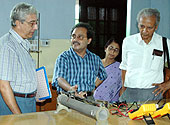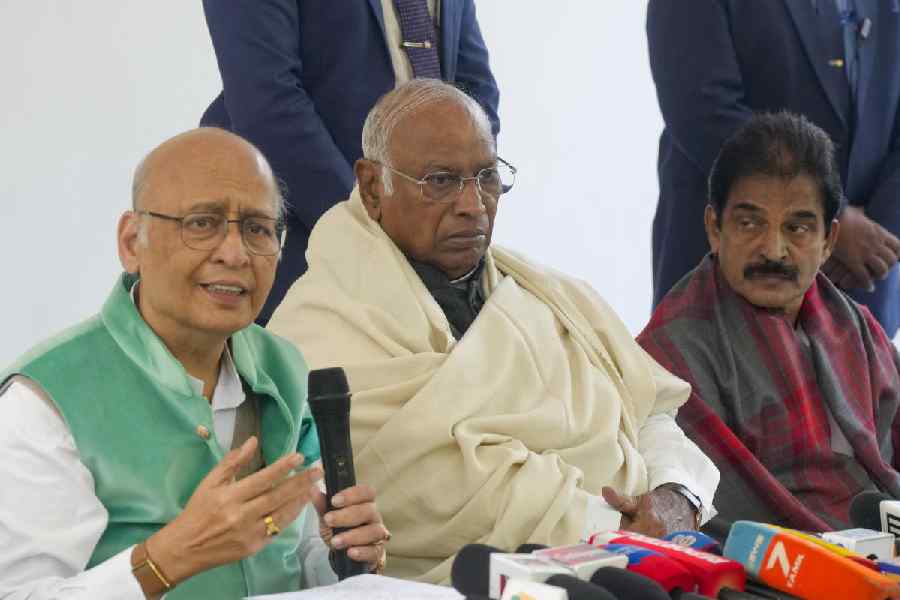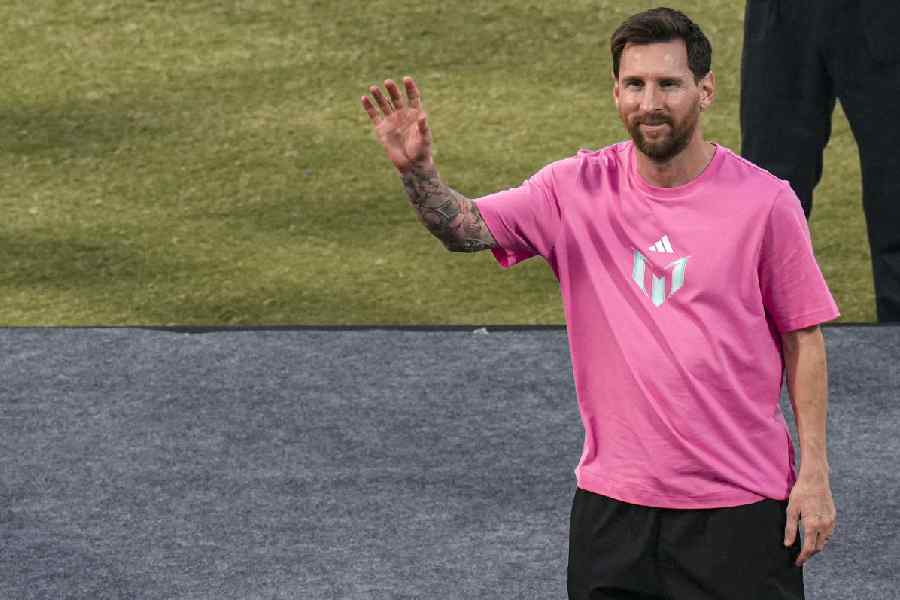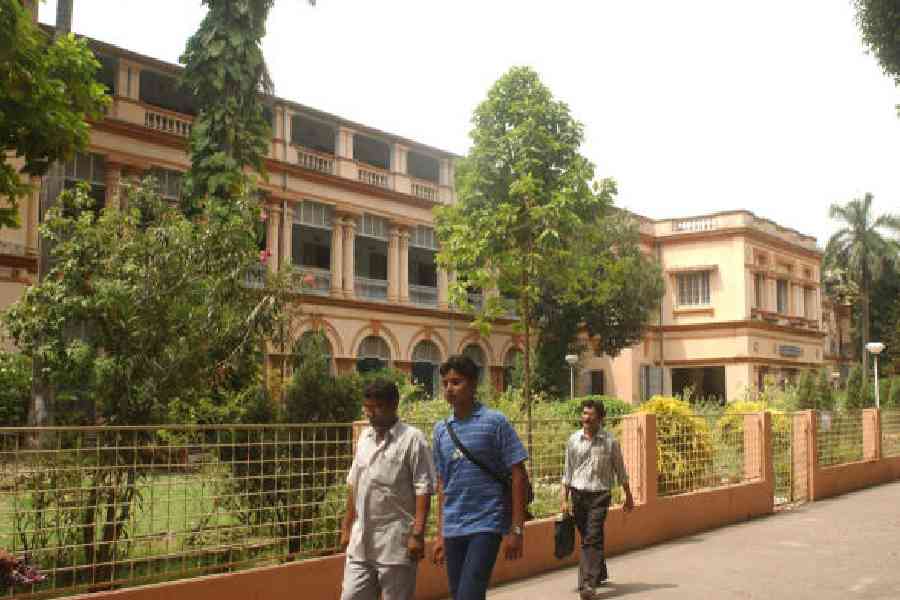 |
| Workshop on experimental physics (Picture by Sanat K. Sinha) |
Come summer, students eagerly await the vacation to skip the monotony of poring over textbooks. This summer a bunch of college students have planned their summer vacation otherwise. They have decided to go through a few days of brainstorming experiments at the Scottish Church College, which is hosting the C.K. Majumdar Memorial Summer Workshop on Experimental Physics and National Workshop on NGPE (National Graduate Physics Examination) Toppers. The regional council of the Indian Association of Physics Teachers and the department of physics, Scottish Church College, have organised the 10-day workshop from June 6 to15.
“Physics is not a monotonous subject. In physics, one comes across thought-provoking theories and experiments,” said Dr Padmanabha Dasgupta, formerly with the physics department, Kalyani University, in his keynote address. “During every experiment, one’s understanding of nature is enhanced.”
“Physics can help to crack puzzles in other fields of science and open up whole new avenues of research. Which is why a physicist can contribute to pattern recognition, an area key to artificial intelligence,” said Dr Kalyan Bidhan Sinha, director, Indian Statistical Instiute. “It is intriguing to know that the concepts of quantum mechanics, which shed light on the microscopic world of subatomic particles, are being used to solve problems of the stock exchange.”
“Despite continuing by the media in favour of information technology, there is ample opportunity of jobs in physics,” said Dr Bikash Sinha, director of the Saha Institute of Nuclear Physics (SINP).
“In this workshop, participants will perform experiments which are completely different from what they did in their college curriculum,” said Dr Bhupati Chakrabarti of the City College and secretary of the IAPT.
“This provides a wonderful opportunity for young students to test their skills in physics beyond bookish knowledge,” said Dr Surojit Chakrabarti of the Maharaja Manindra Chandra College who has devised a novel experiment.
It employs a thin circular disc which is a bad conductor, made of ebonite and containing a gap. One has to measure the conductivity of the air trapped in it, putting the thin disc between a steam chamber and a brass disc.
Another experiment involves a hollow prism which is filled with water. As light passes through water and glass, it behaves differently. Studying the behaviour of light, one can study how oxygen and hydrogen atoms bind to each other, carving out water molecules.










